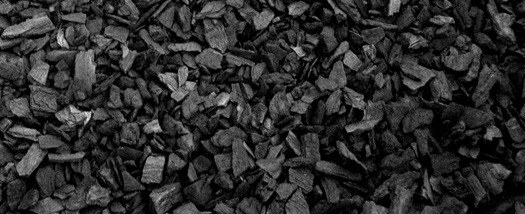In the realm of eco-conscious practices, the conversion of waste wood to charcoal stands as a remarkable endeavor, exemplifying the synergy between environmental sustainability and resource utilization. This innovative process not only mitigates the burden of wood waste but also yields a valuable product – charcoal – fostering a circular economy approach.
Understanding the Essence of Recycling Waste Wood to Charcoal
1. Source of Waste Wood:
The journey of recycling waste wood to charcoal begins with sourcing wood residues or discarded wood from various sources, including construction sites, furniture manufacturing, or timber industries. These wood remnants often pose a disposal challenge but hold significant potential for transformation.
2. Pyrolysis: Transformative Process:
Central to the conversion of waste wood to charcoal is the process of pyrolysis. This thermal decomposition occurs in the absence of oxygen, wherein wood residues are subjected to high temperatures, typically between 300°C to 600°C, within a specialized reactor or kiln. The wood charcoal making machine is used to process wood.
3. Charcoal Production:
During the pyrolysis process, volatile components within the wood, such as water and gases, are driven off, leaving behind carbon-rich residue—charcoal. The absence of oxygen prevents complete combustion, ensuring the preservation of carbon in the resulting charcoal.
4. Charcoal Quality and Uses:
The quality of charcoal derived from recycled waste wood varies based on factors like wood type, pyrolysis conditions, and processing techniques. This resultant charcoal finds applications in industries ranging from cooking fuel and metallurgy to filtration and soil enhancement.

Techniques for Recycling Waste Wood to Charcoal
1. Traditional Kiln Method:
This method involves loading waste wood into a kiln or retort and heating it in a controlled environment. The pyrolysis process transforms the wood into charcoal, which is then collected and cooled for subsequent use.
2. Continuous Pyrolysis Reactors:
Advanced technologies utilize continuous pyrolysis reactors, ensuring a more efficient and controlled process. These reactors optimize heat distribution, enhancing charcoal yield and quality.
3. Microwave-Assisted Pyrolysis:
Microwave technology is employed in some innovative setups for recycling waste wood to charcoal. This method facilitates faster heating, resulting in shorter processing times and potentially improved charcoal quality. More information on rice husk charcoal making machine here.
Benefits of Recycling Waste Wood to Charcoal
1. Waste Reduction:
By repurposing wood waste into valuable charcoal, this recycling process significantly reduces the strain on landfills and promotes responsible waste management.
2. Energy Efficiency:
The conversion of waste wood to charcoal is often an energy-efficient process, particularly with advanced pyrolysis technologies that aim for higher yields and reduced energy input.
3. Carbon Sequestration:
The carbon stored within the charcoal produced from recycled waste wood remains sequestered for an extended period, aiding in carbon dioxide reduction and combating climate change.
4. Diverse Applications:
The resulting charcoal finds versatile applications, from cooking and heating to industrial uses like filtration or as a soil amendment, enhancing its economic and environmental value. See the palm kernel shell charcoal making machine here.
Challenges and Innovations in Recycling Waste Wood to Charcoal
While the process of recycling waste wood to charcoal presents numerous advantages, challenges persist in optimizing efficiency and quality. Innovations focus on refining pyrolysis techniques, maximizing yield, and exploring alternative feedstocks to diversify charcoal production.
Future Prospects and Sustainability
The future of recycling waste wood to charcoal holds promise with ongoing advancements and a growing emphasis on sustainable practices. Collaboration between industries, technological innovations, and policy support can pave the way for a more circular economy, minimizing waste and maximizing resource utilization.
In conclusion, recycling waste wood to charcoal encapsulates the essence of sustainability and resourcefulness. Through this transformative process, wood waste finds new life as a valuable resource, contributing to a greener future and exemplifying the art of harmonizing environmental responsibility with economic viability. Check the sawdust charcoal making machine here.